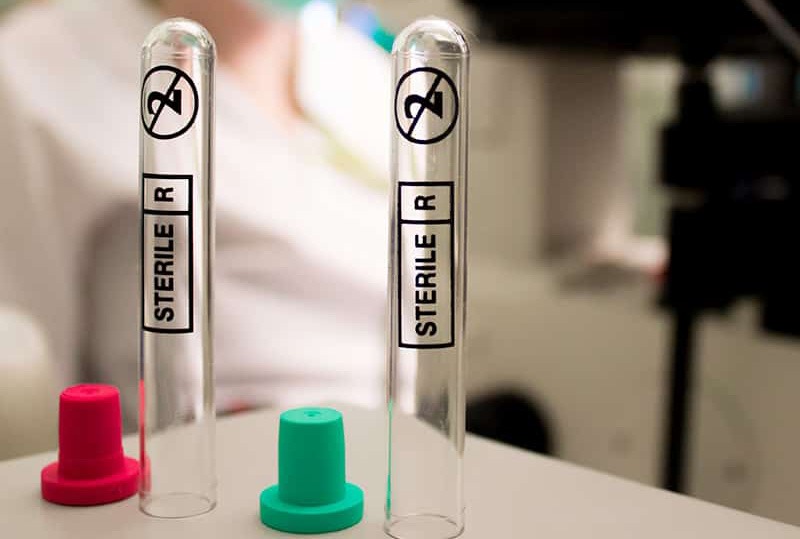 Semen analysis constitutes the first examination in assessing male fertility. The sample should be collected after a minimum of 2 days and a maximum of 5 days of sexual abstinence. The whole sample should be collected in a clean, wide-mouthed container, in a private room near the laboratory. The sample may be collected at home under exceptional circumstances, must be delivered to the laboratory within 1 hour, and maintained at body temperature during transfer.
Semen analysis constitutes the first examination in assessing male fertility. The sample should be collected after a minimum of 2 days and a maximum of 5 days of sexual abstinence. The whole sample should be collected in a clean, wide-mouthed container, in a private room near the laboratory. The sample may be collected at home under exceptional circumstances, must be delivered to the laboratory within 1 hour, and maintained at body temperature during transfer.
Semen analysis includes macroscopic and microscopic analysis of the sample by recording the following parameters:
- The volume of the sample,
- The pH of the sample,
- The number of spermatozoa in the sample (semen concentration),
- The movement of the cells (sperm motility),
- The morphology of the cells and
- The presence of other round cells in the sample
The test results will be ready within one day. A normal result indicates that there is a sufficient number of spermatozoa with good motility enabling it to travel towards an egg and normal morphology to fertilize it. Nevertheless, a normal result does not guarantee fertility. Moreover, variance from the reference values does not necessarily indicate infertility. It is worth mentioning that the volume and quality of sperm is not always the same with each ejaculation.
Semen analysis is performed in accordance with internationally accepted principles of the World Health Organization (World Health Organization. WHO Laboratory Manual for the Examination and Processing of Human Semen, in 5th ed. 2010.).
Finally, the treating physician should be informed regarding medications, illness, etc, as it may have negative effects on semen quality.
For further information or if you wish to arrange an appointment you can contact us to +30 2310-420020 or via e-mail at info@embryoclinic.eu.